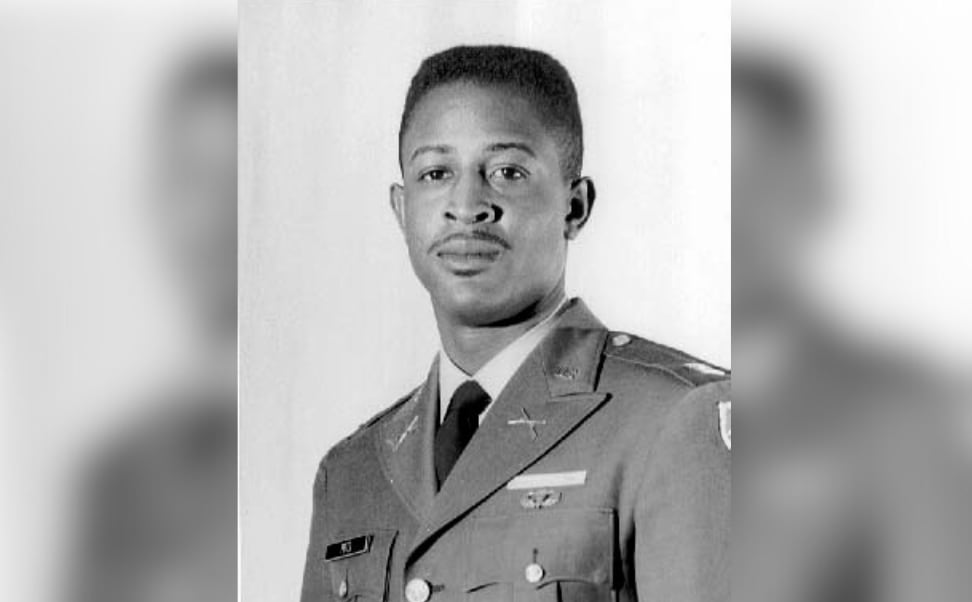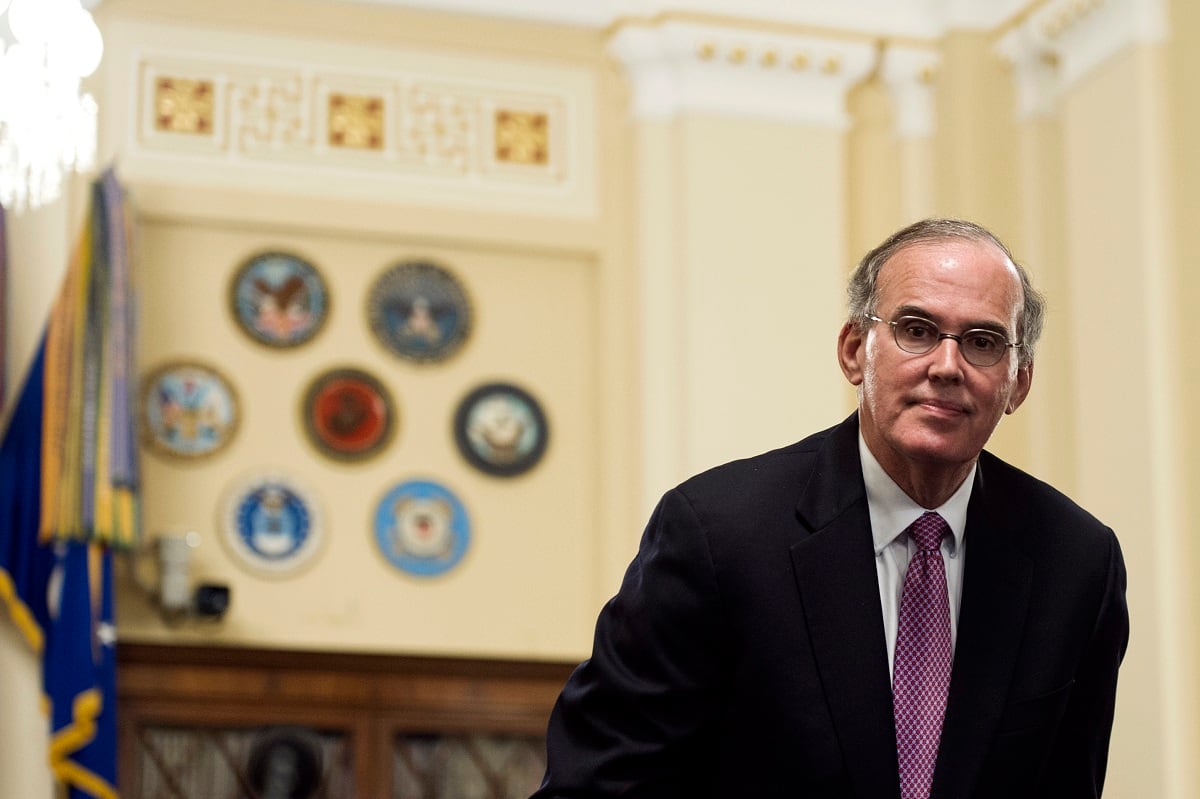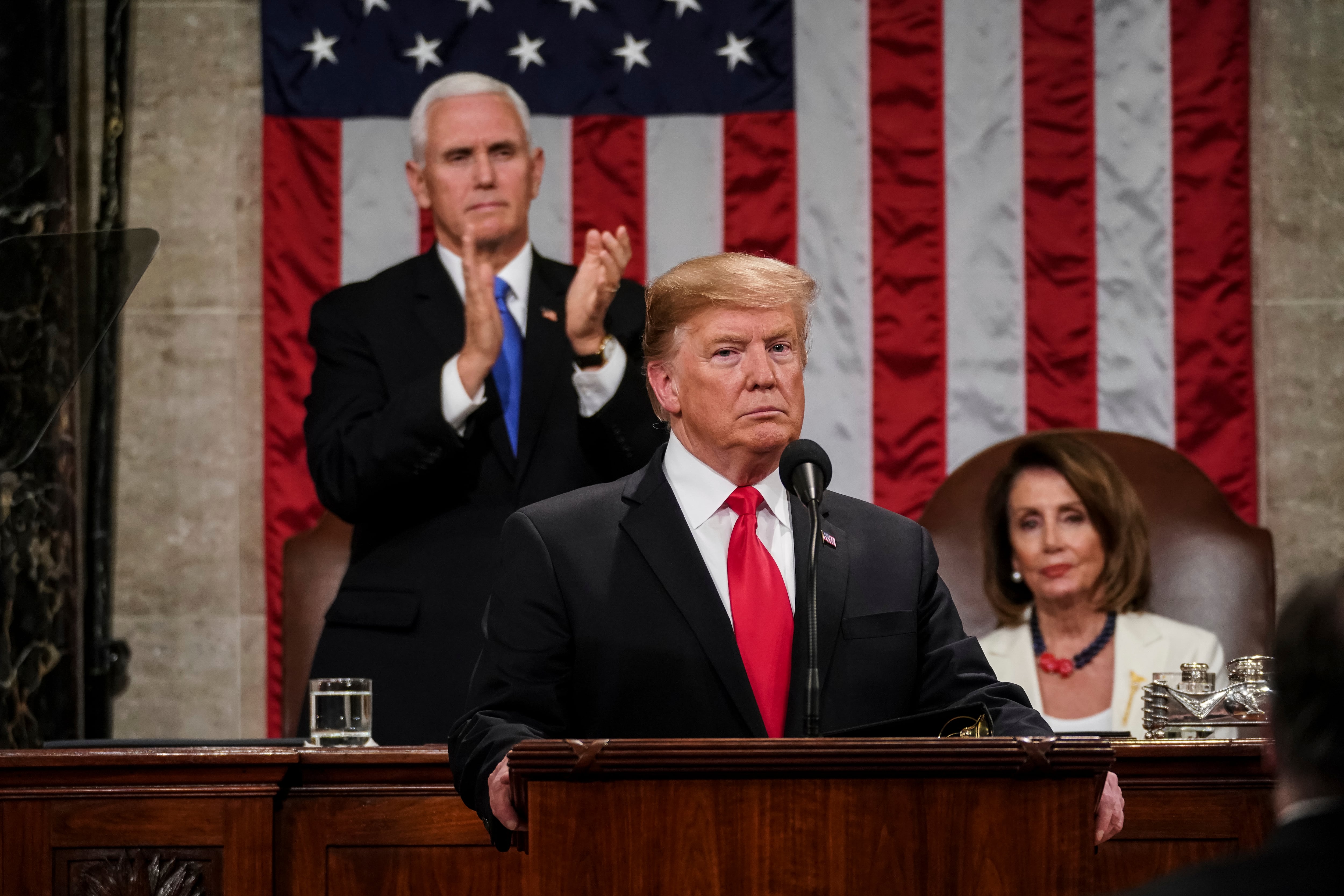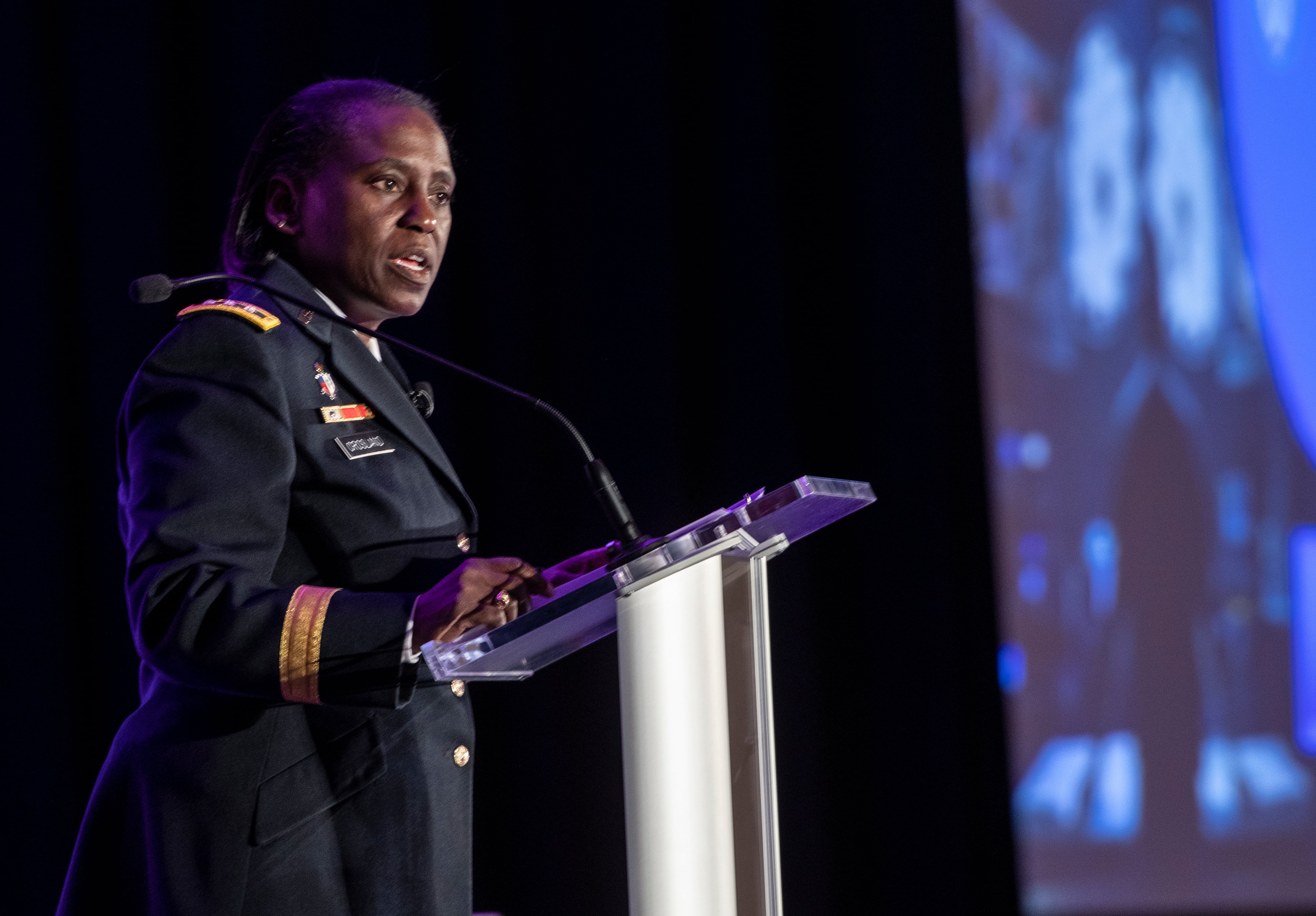Military retirement reform is among the most dramatic changes to Pentagon policy in the annual defense authorization bill. It also should be one of the easiest issues for House and Senate negotiators to finalize.
Despite the complex, sweeping changes the reform plan would bring, both the House and Senate versions of the retirement overhaul are strikingly similar, with only minor differences to be worked out before final passage.
Both House Armed Services Committee Chairman Mac Thornberry, R-Texas, and Senate Armed Services Committee Chairman John McCain, R-Ariz., have said they expect to reach quick resolution on those issues, labeling the differences as more technical than philosophical. Lawmakers began work to resolve differences in the plans in late June.
The two retirement plans are both based off recommendations from the Military Compensation and Retirement Modernization Commission earlier this year. They call for replacing the 20-year, all-or-nothing current system with a 401(k)-style system that vests after two years and allows all separating troops to leave with some benefits.
Both plans would reduce the traditional post-20 payout by about 20 percent and offer a "continuation pay" bonus for service members who stay beyond 12 years of service.
They'd also provide an automatic federal payout to troops' investment accounts totaling 1 percent of their base pay, and a match of troops' contributions similar to corporate-style savings incentives.
But the two plans differ on specifics of that match. The House plan would go up to 5 percent of troops' paychecks, the Senate only 4 percent.
Over the course of a decade, that's potentially thousands of dollars difference in federal contributions to an individual service member's investments. Military advocates have pushed for the higher figure, as have commission members and Defense Department leaders.
House lawmakers want the federal contributions and match to start with new service members' first paycheck, and last until retirement. The Senate plan would start 60 days after enlisting and end when troops hit the 20-year mark.
That early end to contributions has been a sticking point with critics, who say it takes away incentives for senior service members to stay in the ranks past 20 years. House planners said they added the extension after 20 years specifically to address those worries.
They also dumped provisions for a lump-sum retirement payout option for troops, offered in past retirement plans but largely reviled by military advocates as a confusing, financially disadvantageous deal.
The lump-sum idea was included in the commission's recommendations to include more choices for troops, and left in the Senate version despite House objections.
House lawmakers want the new retirement system in place by Oct. 1, 2017, and want a detailed implementation plan from Pentagon officials before next March 1. The Senate plan gives them more time for both, simply asking for the changes to be ready by Jan. 1, 2018.
Under either proposal, the changes would be mandatory only for new enlistees. Troops who joined the military under the old rules would have the option to switch to the new offerings, if it makes financial sense for them.
And regardless which plan troops fall under, they should expect a lot of new financial literacy training to accompany the investment changes.
The Senate plan calls for annual surveys on service members' knowledge of budgeting, investments and financial risk, and information courses during duty station changes, following life events, and at various promotion levels.
The House plan goes even further, calling for some extra financial refresher training as troops hit vesting and pay benchmarks.
Congressional negotiators are hopeful a compromise version of the entire bill can be passed out of Congress before the end of the month. But the measure still faces a veto threat from the president, not over the retirement issues but instead over larger funding moves and changes in detainee policies at Guantanamo Bay Naval Station, Cuba.
Leo covers Congress, Veterans Affairs and the White House for Military Times. He has covered Washington, D.C. since 2004, focusing on military personnel and veterans policies. His work has earned numerous honors, including a 2009 Polk award, a 2010 National Headliner Award, the IAVA Leadership in Journalism award and the VFW News Media award.





